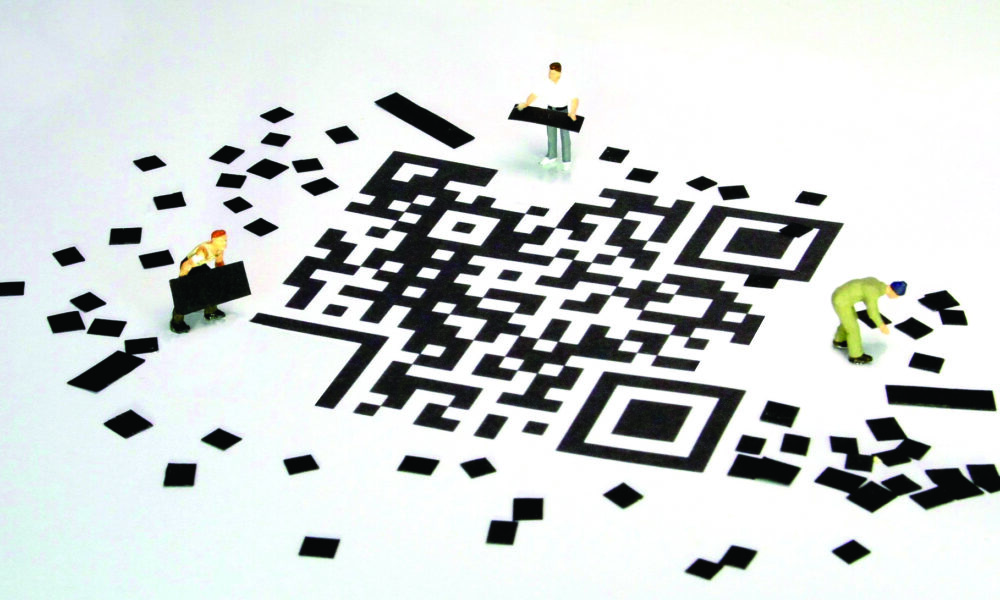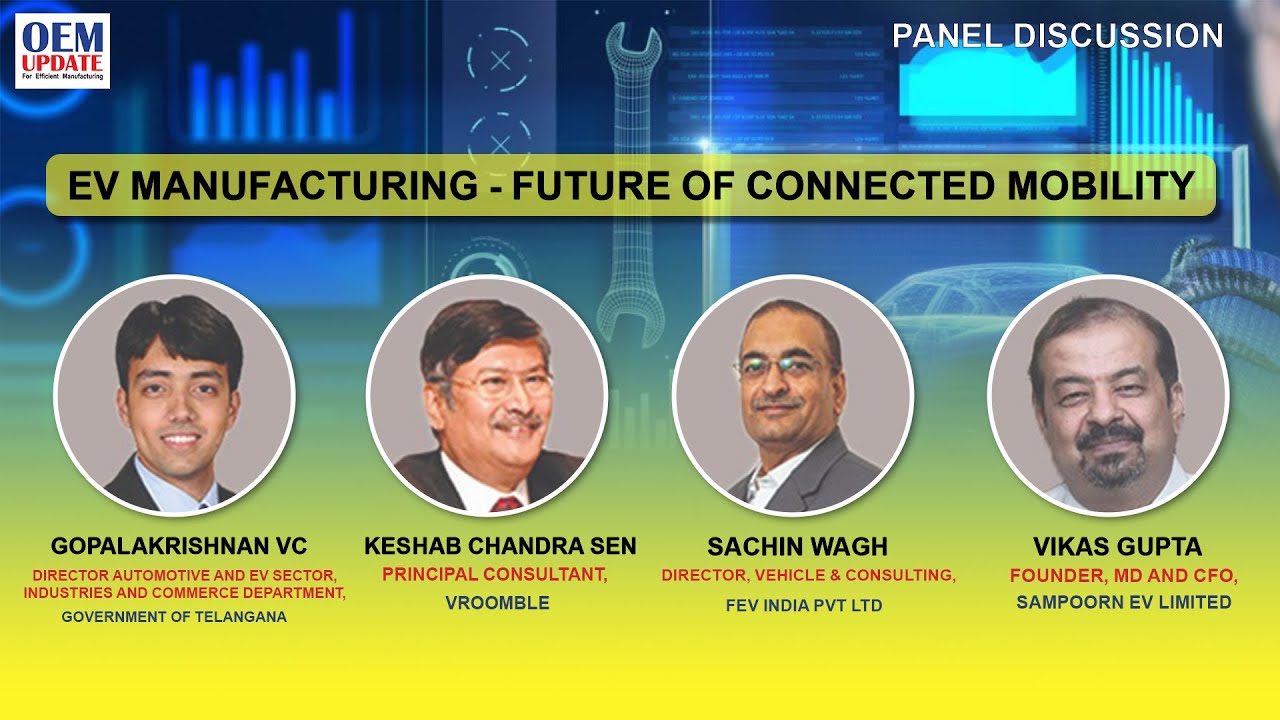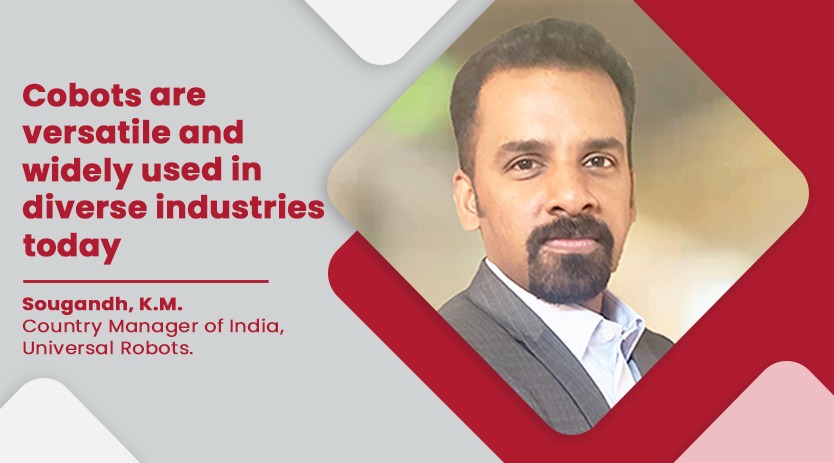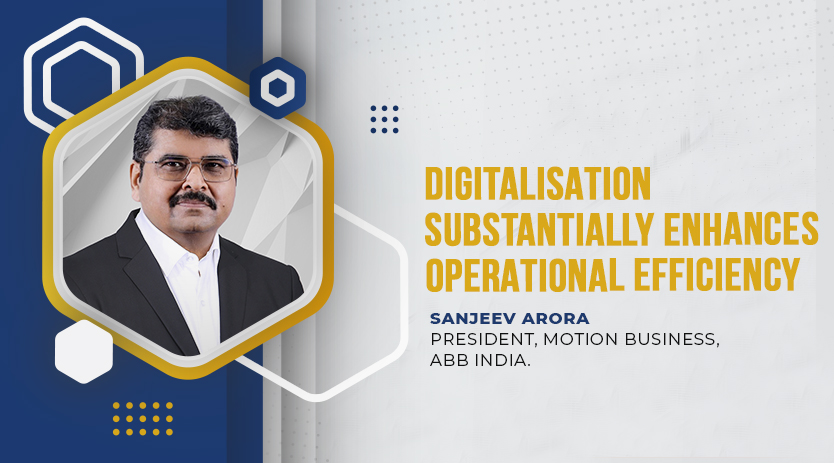Integrating automated solutions for smart packaging
March 3, 2021 6:12 pm
Industry’s leading solutions providers talk about the benefits and challenges, of automated technologies, RFID, and other IoT solutions for various sectors.
The packaging industry in India is closely linked and competing with their global peers. Hence, any global trend is quickly adopted in India as well without much time lag. The presence of global automation companies in India with some of them launching products in India alongside a global launch is also a contributing factor in the Indian packaging industry adopting global trends at an early stage.
Automation in packaging and digital packaging
No modern machine can work without automation. Increasing just the speed is not enough! The machine has to be accurate; the sealing has to be perfect and is to done at the right place, cutting has to be precise. In this entire chain, automation plays the key role. Also, the packaging industry has a strong interface with FMCG, food and beverage and pharma industry. Hence, ‘safety and reliability’ play a crucial role here.
According to Sameer Gandhi, MD, OMRON Automation, India, “Automation is the only key element to ensure impeccable safety and reliable standards are achieved with significant value additions. The nature of the industry is very dynamic, demanding and challenging owing to the varied performance indicators which are not possible to resolve without utilising automation solutions”. This ranges from high levels of product quality to maximum throughput and plant availability to optimum machine efficiency with enormous levels of flexibility and scalability to meet ever-changing customer demands. There is also a stringent requirement of complying with industry regulations, combatting counterfeiting and promoting ethical sourcing and minimising the impact of recalls.
“With IoT technologies and high-speed 5G data, barcodes, readers, and RFID form the core elements for automated data capture. It’s the base of any information uprising. The rapid data capture enabled by IoT RFID devices, enable various industrial applications to utilise the data capture, real-time asset monitoring, tracking and device management”, says Dr. Tony Kington, CEO of Omni-ID. There is a virtuous circle of communication infrastructure supporting the growth of massive adoption of UKF RFID in the retail apparel market has fostered the growth of a whole range of supporting technologies, products and software.
The technology has immense possibilities for reducing wastage, and enhancing productivities at the shop floors of manufacturers, involved in the secondary and tertiary processing stages by:
- Enhancing the efficiency of machines: Increasing the speed of the machines is one of the most-pursued ways to enhance the efficiency. Smart automation solutions reduce vibration and prevent spilling, leading to faster machines with improved performance and no wastage at the material handling shop floors.
- Ensuring impeccable sorting and placement: With controllers, color recognition-based vision sensors and robotics, processors can attain 100 percent precision in picking and placement with the correct orientation, impeccable sortation of products with varying shapes, colors and sizes, and reliable inspection. Better the level of precision and reliability, lesser is the amount of waste or scrap.
- Ensuring quality, food safety, and recalls: OMRON provides complete end-to-end automation solutions for the packaging industry. We have integrated solutions including advanced controllers, safety sensors and robotic solutions catering to all basic and advanced needs of a packaging machine.
“Our industrial applications today, are driven by consumer adoption of RFID. A lot of core functionality is migrating to industry and warehouse applications; however, adoption has been slower and perhaps more thoughtful, owing to the business-critical processes involved. Omni-ID devices are widely used in warehousing for tracking assets like forklifts, identifying bin, amongst the others, where we’re dealing in the thousands, rather than the millions of assets. The consumer adoption has undoubtedly has spurred the whole ecosystem. RFID technology is now orderof magnitude more affordable for warehouse applications, with rich feature sets and increased reliability, which helps drive industrial adoption”, says Dr. Kington.
IoT, IIoT, 3D and RFID packaging/digital packaging
An IoT based automation application will create a smart environment for predictive maintenance which has a tremendous potential and utility in inspection leading to a big value addition in quality improvement of the finished product, waste reduction, line speed enhancement and optimisation of bottom-line costs. The applications may range from a simple AI based PLC to sophisticated robot and traceability solutions providing machine manufacturers valuable data insights which can be used for predictive maintenance.
On this note, Gandhi adds “Automation solutions like Color Mark Sensors play a notable role in the whole process. They detect the color marks, on silica pouches (used for packing medicines) and the output is used to operate the pouch-cutting machine. Accurate signal repeatability is the key mandate to get reliable and accurate cutting position. A slight variation in the repeatability may result in a change of cutting position which may lead to mixing of Silica with the medicine (like tablet or capsule) – which is a waste and straight reject for the quality control department.”
Building up on the same premise, Vision Systems also have lots to offer for pharmaceutical packaging solution providers facilities. The vision system can efficiently detect the quality and provide images of improper packaging of Silica gel pouches which go inside a medicine pack. The inspection and detection are done before the lid is closed and so forms a very essential part of the quality management system.
Dr Tony Kington, CEO of Omni-ID comments, “Barcodes and RFID are complementary technologies. They are an integral part of the overall solution to improve traceability of packaging and logistics.RFID market is generally divided into passive and active devices. Passive devices signal their location and identity to the reader, whereas, Active devices signal their location, identity and are also capable of transmitting information about their status, depending upon the sensors that are integrated into the device, by informing the reader whether the asset is hot, cold, vibrating, still, or experiencing conditions that are out of line with normal parameters.
Challenges in packaging sector
“It basically starts from choosing the ‘right’ solution which could be resolved to a great extent with the help of an able industrial automation provider. This leads us to the second challenge which is the availability of the right partner eco system followed by cost of implementation and integration with other solutions on the floor, Availability of the desired skills also act as a deterrent in some cases.Addressing these challenges on a real time basis is possible only with customized and fully integrated automation solutions. And that’s why the sector is one of the key target industries for automation players. Pick and Place Robot, Mobile robots, Cobots, Sysmac Integrated Platform, and Traceability application-based solutions are some of the widely used solutions helping packaging OEMs and end users to excel in operations.
Talking about the challenges, Dr. Kington highlights, “RFID is not yet positioned to be the pervasive answer. There is also an adoption cycle. RFID is established in our routine activities and has become an integral part of our day-today life, right from automation and automated technologies of our vehicles, work place, visiting places. If we look at barcodes, they were initially patented by Woodland and Silver in 1952. They became more widely used in the retail and warehousing sector in the 1970s and early 1980s when the bar code readers became more reliable.
Concluding note
Barcodes and RFID are complementary technologies and selection is based on application. Some organisations may continue to use barcodes because they are extremely cost effective, they meet the current workflow requirements and the scanning technology is perfectly adequate for the application. Many of the automation companies in India have extensive training programs which are used to upskill the channel partners as well as customer engineers. This is leading to improvement of the overall eco-system.
————————————–
Smart automation solutions reduce vibration and prevent spilling, leading to faster machines with improved performance.
Sameer Gandhi, MD, OMRON Automation, India
————————————–
The rapid data capture enabled by IoT and RFID devices, enable various industrial applications to utilise the data capture, real-time asset monitoring.
Dr. Tony Kington, CEO, Omni-ID
Cookie Consent
We use cookies to personalize your experience. By continuing to visit this website you agree to our Terms & Conditions, Privacy Policy and Cookie Policy.


















 English
English Hindi
Hindi